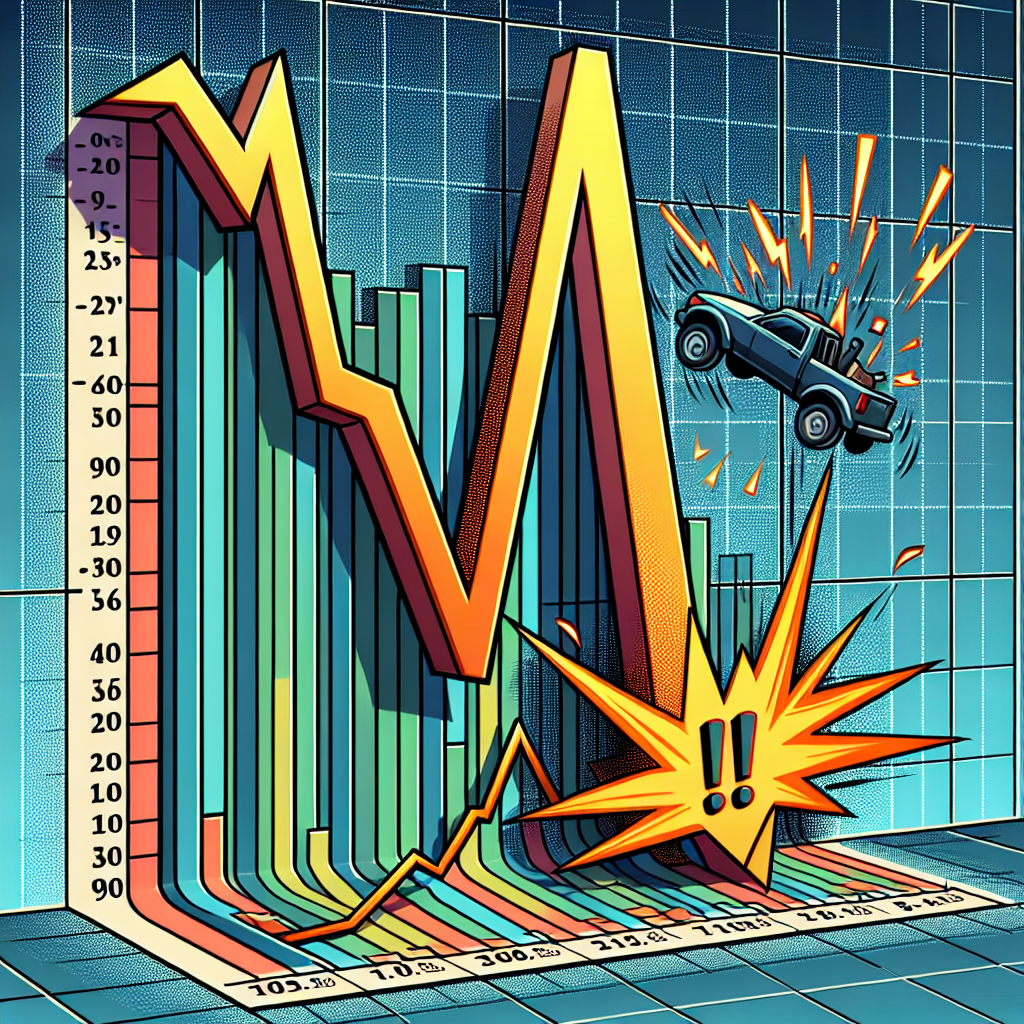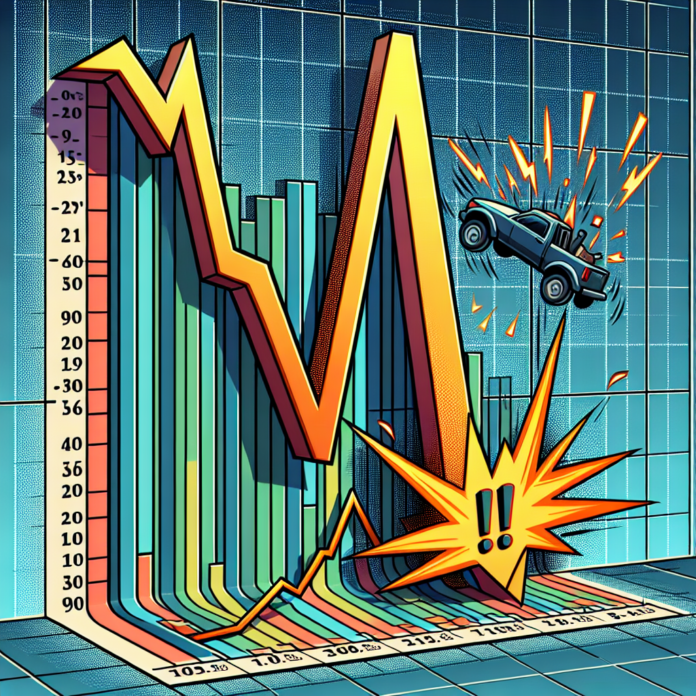
- ORIGINAL NEWS
GDP growth slowed to a 1.6% rate in the first quarter, well below expectations
- SUMMARY
The US economy started the year with a weaker-than-expected growth rate of only 1.6%.
This fell short of the anticipated 2.4% increase and was also lower than the previous quarter’s 3.4% gain.
Consumer spending, a key driver of the economy, slowed to a 2.5% increase from the previous quarter’s 3.3%.
This was below the 3% market estimate.
Rising prices, persistently high inflation, and a gradual slowdown in spending are becoming evident.
Inflation continued to be a major concern.
The personal consumption expenditures (PCE) price index rose at a 3.4% annualized pace, the highest in a year and well above the Federal Reserve’s target of 2%.
Core inflation, excluding food and energy, also rose significantly to 3.7%.
The economy also faced headwinds from a decline in private inventory investment and an increase in imports.
This contributed to a subtraction of 0.86 percentage points from the overall growth rate, while consumer spending added 1.68 percentage points.
The PCE price index for GDP increased at a 3.1% rate, which is higher than the Fed’s target.
This further heightened concerns about the ongoing inflationary pressures in the economy.
The weaker-than-expected growth and higher-than-anticipated inflation have caused a shift in market expectations.
Investors now anticipate fewer interest rate cuts from the Federal Reserve this year, fearing that the central bank will adopt a more hawkish stance at its upcoming meeting.
While the labor market remains robust with low jobless claims, the overall economic outlook suggests a slowdown in growth, particularly in consumer spending.
Rising inflation has put a strain on household budgets and consumer savings rates have declined.
Residential investment experienced a notable surge of 13.9%, suggesting some resilience in the housing market.
However, it’s important to note that first-quarter GDP readings can be subject to significant revisions, as evidenced by the large upward adjustment made to the initial 2023 Q1 estimate.
- NEWS SENTIMENT CHECK
- Overall sentiment:
negative
Positive
“Consumer spending increased 2.5% in the period, down from a 3.3% gain in the fourth quarter and below the 3% Wall Street estimate. Fixed investment and government spending at the state and local level helped keep GDP positive on the quarter.”
“A buoyant labor market has helped underpin the economy. The Labor Department reported Thursday that initial jobless claims totaled 207,000 for the week of April 20, down 5,000 and below the 215,000 estimate.”
Negative
“U.S. economic growth was much weaker than expected to start the year, and prices rose at a faster pace, the Commerce Department reported Thursday.”
“The personal consumption expenditures price index, a key inflation variable for the Federal Reserve, rose at a 3.4% annualized pace for the quarter, its biggest gain in a year and up from 1.8% in the fourth quarter.”


